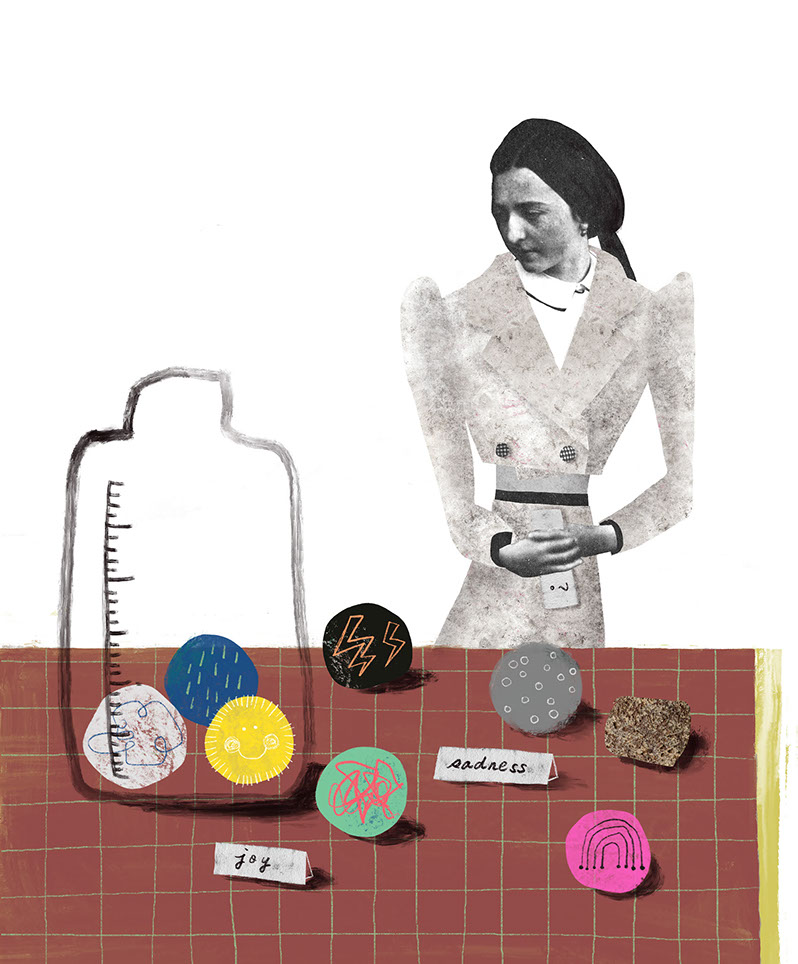You can express kindness through acts of self-care such as understanding your own capacities, acknowledging your limitations with gentleness, and applying the same strategies you use to comfort others (Neff 2011; Malti, 2020). It’s important to acknowledge your emotional capacities and manage your emotions as they arise. Regulating your emotions allows you to have the capacity to support children through their big emotions.
Think of the emergency procedures on airplanes:
You have to put the oxygen mask on yourself before helping others.
We have come up with the L.O.V.E. acronym as a guide to being an emotion coach for children (and yourselves!) through emotion regulation. By following these four steps, you can become skilled at being your very own emotion coach as well.
Label emotions
The first step is to acknowledge you are feeling an emotion. Pause— ask yourself: “What am I feeling right now?” and give yourself a moment to feel it. Then, try to label what you’re feeling. For example, “I’m starting to feel frustrated.” “This is stressing me out.”
Opportu-nity to grow closer (to yourself)
Self-reflection supports kind emotions and actions (Malti, 2020); so, dive a bit deeper, feel a little more. You might ask yourself: “When was the last time I felt this way? What is triggering these emotions? Why do these emotions feel challenging to me?” When these emotions feel bigger than yourself, it’s ok to seek help. Go to page 58 in the pip o. Gazette to see our community resource listings in Ontario and Canada.
Validate emotions
Validate your own emotions by acknowledging that these emotions are real and it’s ok to feel this way. Talk yourself through it: “I’m feeling frustrated because we are running late, and we were late last time too.”
Elabo-
rate
about emotions
The ability to engage in introspection, which is reflecting on your thoughts and feelings, allows you to engage in personal growth and develop an understanding of similarity between yourself and others (Malti, 2020).
Here are some ways to elaborate on your emotions:
i. Identify signs
- “I’m getting short with my responses”
- “My face is feeling hot”
ii. Identify causes of emotions
- “The room is very loud and I am feeling overwhelmed”
- “Shouting makes me feel anxious”
iii. Ask yourself open-ended questions:
- “How can I calm down?”
- “What did I do last time I felt ___?”

